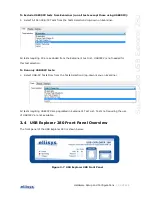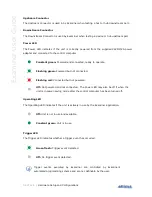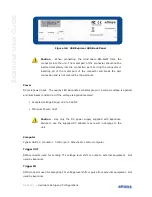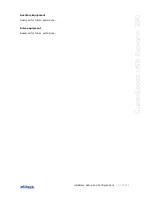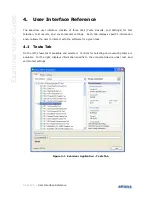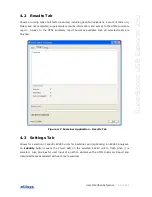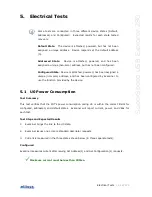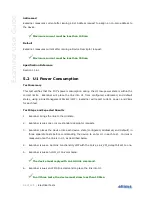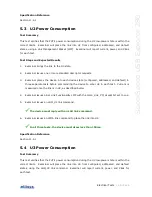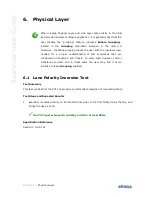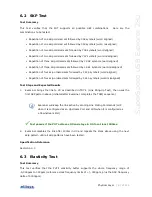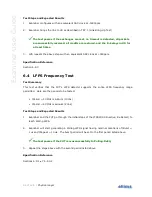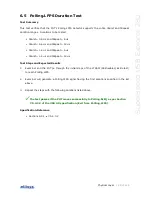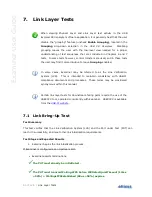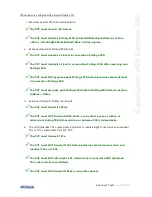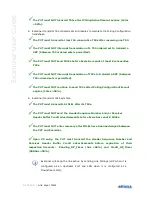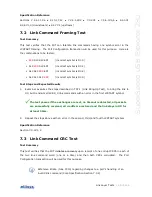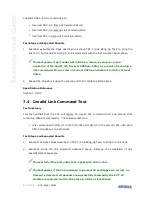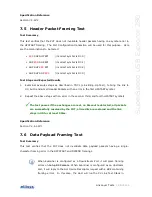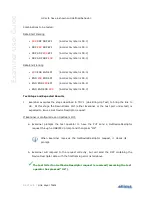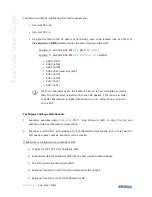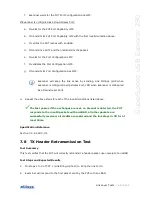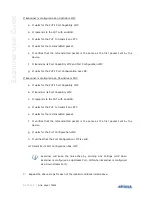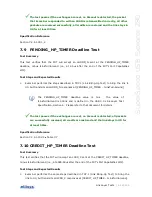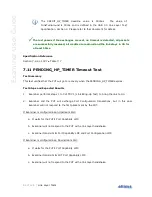
Physical Layer
| 47 of 124
S
u
pe
rS
pe
ed
U
S
B
Ex
pl
o
re
r
2
8
0
6.2
SKP Test
Test Summary
This test verifies that the PUT supports all possible SKP combinations. Here are the
combinations to be tested:
Repetition of one skip ordered set followed by 354 symbols (word aligned)
Repetition of one skip ordered set followed by 353 symbols (word misaligned)
Repetition of two skip ordered sets followed by 708 symbols (word aligned)
Repetition of two skip ordered sets followed by 707 symbols (word misaligned)
Repetition of three skip ordered sets followed by 1,062 symbols (word aligned)
Repetition of three skip ordered sets followed by 1,061 symbols (word misaligned)
Repetition of four skip ordered sets followed by 1,416 symbols (word aligned)
Repetition of four skip ordered sets followed by 1,415 symbols (word misaligned)
Test Steps and Expected Results
1.
Examiner brings the link to U0 as described in TD7.1 (Link Bring-Up Test), then uses the
first SKP pattern above (initiated after Examiner completes the TSEQ sequence).
Examiner will keep the link active by sending Link Polling Commands (LUP
when it is configured as an Upstream Port and LDN when it is configured as
a Downstream Port).
Test passes if the PUT achieves U0 and stays in U0 for at least 100ms.
2.
Examiner disables the link after 100ms in U0 and repeats the steps above using the next
skip pattern until all skip patterns have been tested.
Specification Reference
Section 6.4.3
6.3
Elasticity Test
Test Summary
This test verifies that the PUT’s elasticity buffer supports the whole frequency range of
-5,300ppm to 300ppm (reference clock frequency limits of +/- 300ppm, plus the SSC frequency
delta of 5000ppm).

